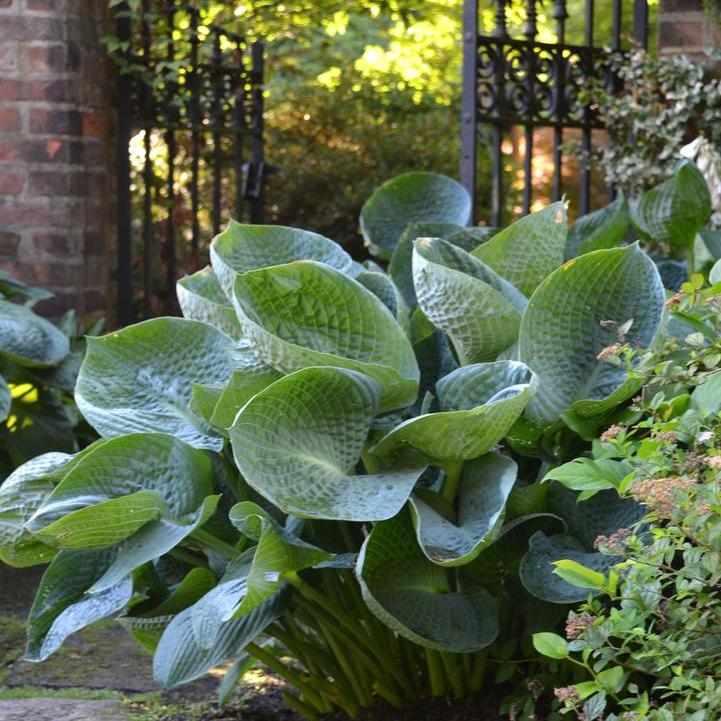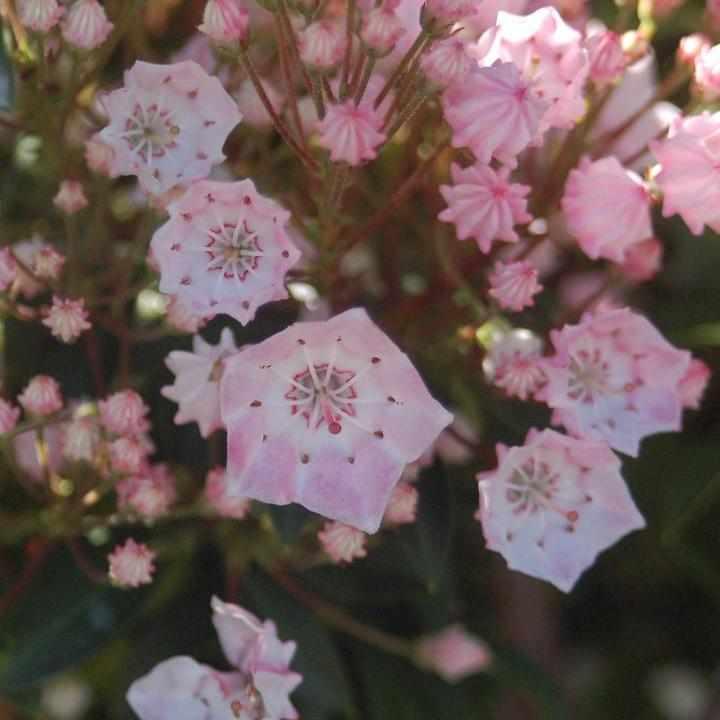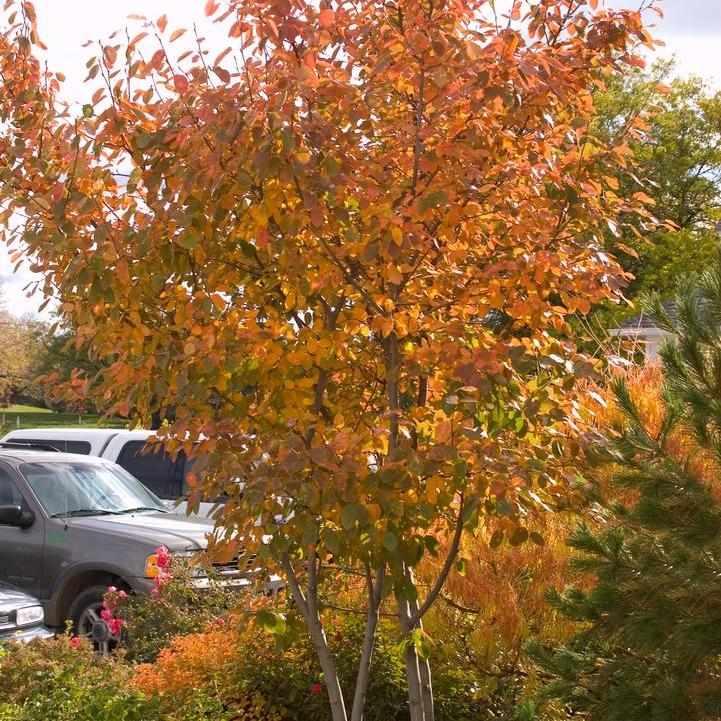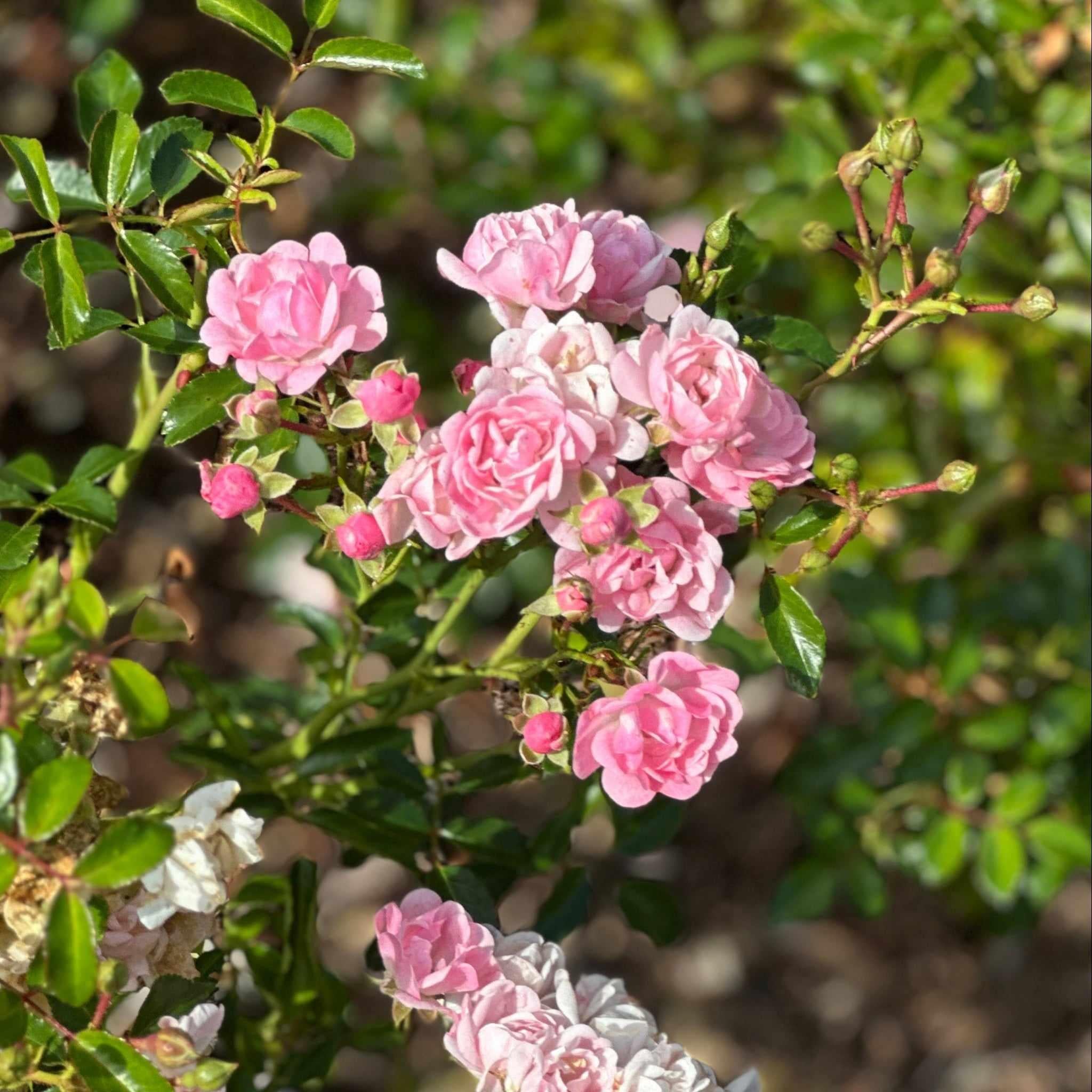Camelot Lavender Foxglove is a striking biennial plant known for its tall, elegant spikes adorned with bell-shaped flowers. This variety is particularly noted for its enchanting lavender blooms, which are speckled with intricate maroon spots on the interior, adding a touch of sophistication to any garden setting. The plant typically reaches a height of 3 to 4 feet, making it an excellent choice for creating vertical interest in borders or as a focal point in cottage gardens. Its lush, dark green foliage forms a dense rosette at the base, providing a beautiful contrast to the delicate flowers above.
This foxglove thrives in partial shade to full sun and prefers well-drained soil enriched with organic matter. It is relatively low-maintenance, requiring only occasional watering once established. Camelot Lavender Foxglove is also known for its ability to attract pollinators, such as bees and hummingbirds, making it a valuable addition to wildlife-friendly gardens. While it is a biennial, this plant can sometimes behave as a short-lived perennial under optimal conditions, offering the possibility of enjoying its beauty for more than two years. However, it is important to note that all parts of the plant are toxic if ingested, so care should be taken when planting in areas accessible to pets or children.









